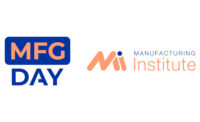In March, NASA issued a call for proposal focused on sudden and unexpected innovations that hold a potential for providing a "game-changing" impact on the efficiency and effectiveness of the agency's space capabilities.
NASA has selected the following proposals for funding:
Awards range from $125,000 to $1.8 million, with a total NASA investment of approximately $6 million through 2015. NASA's Game Changing Development Program, located at the agency's Langley Research Center in Hampton, VA, is responsible for the management of these awards. For more information about this program, visit: http://go.usa.gov/RPS .
The Game Changing Development Program is part of NASA's Space Technology Program, which is innovating, developing, testing and flying hardware for use in future science and exploration missions. NASA's technology investments provide cutting-edge solutions for our nation's future.


